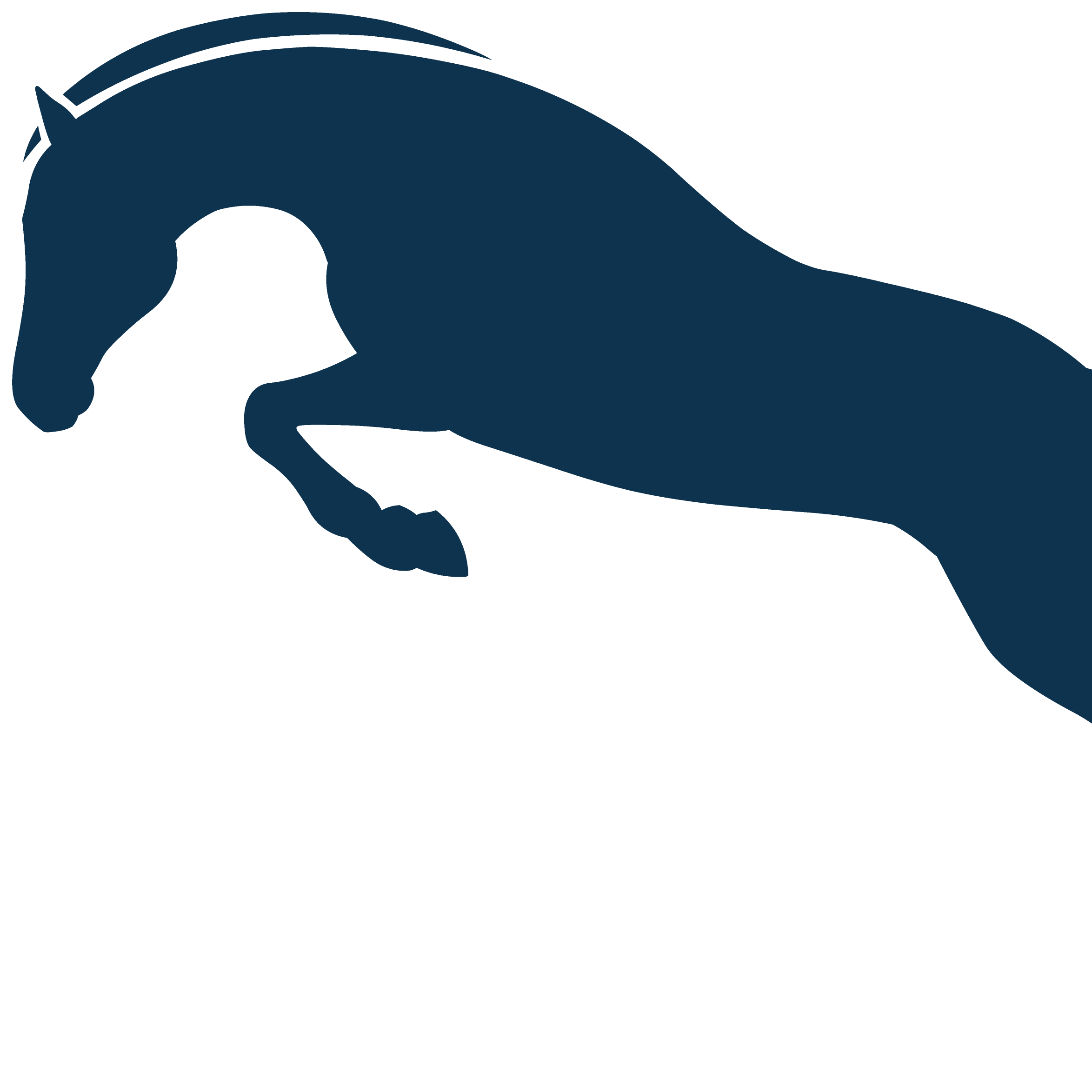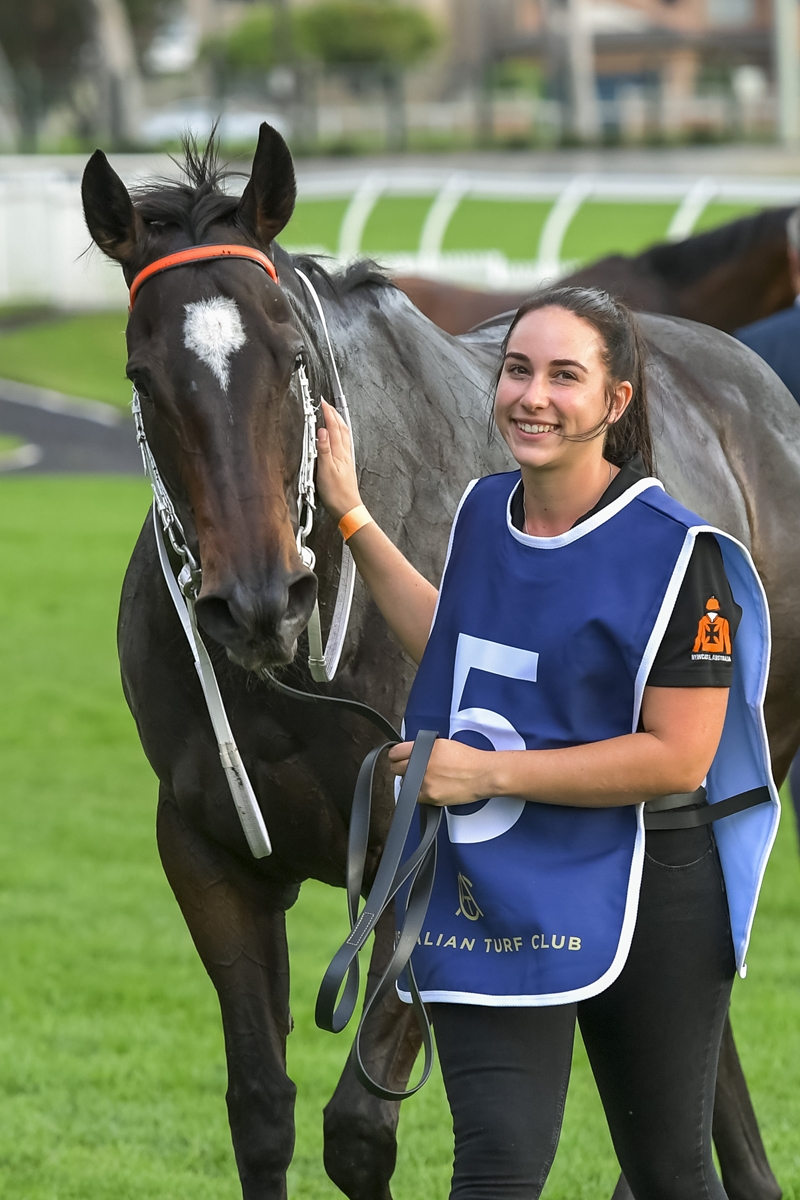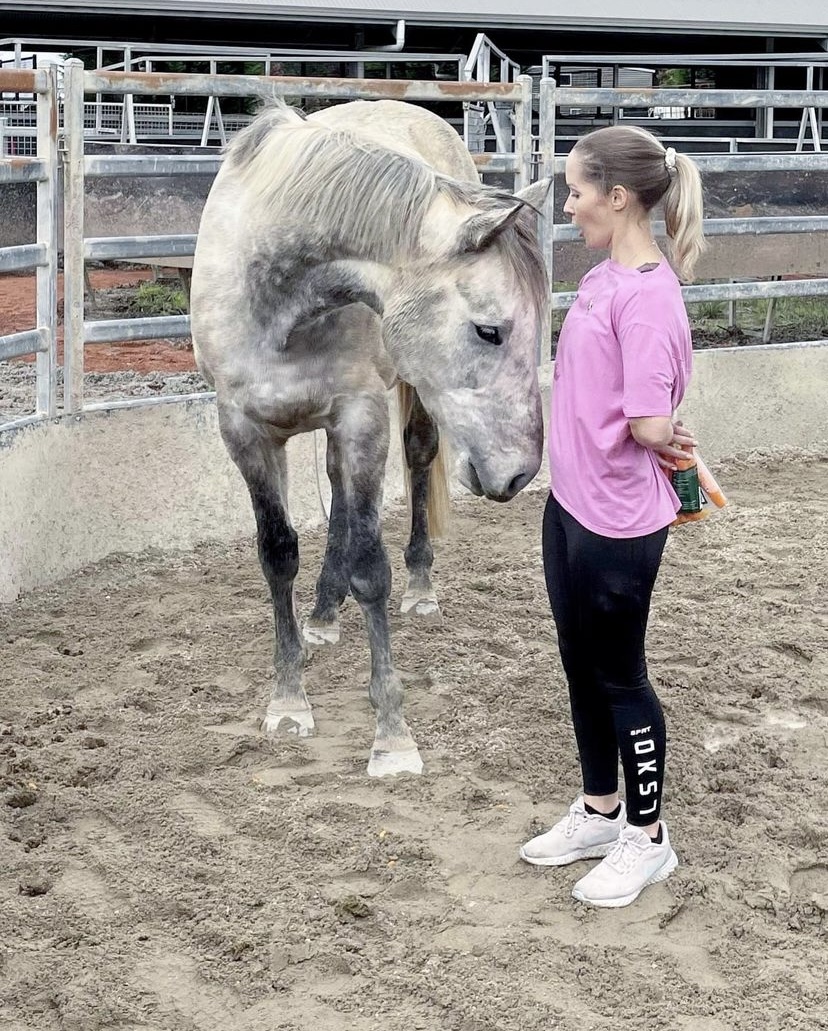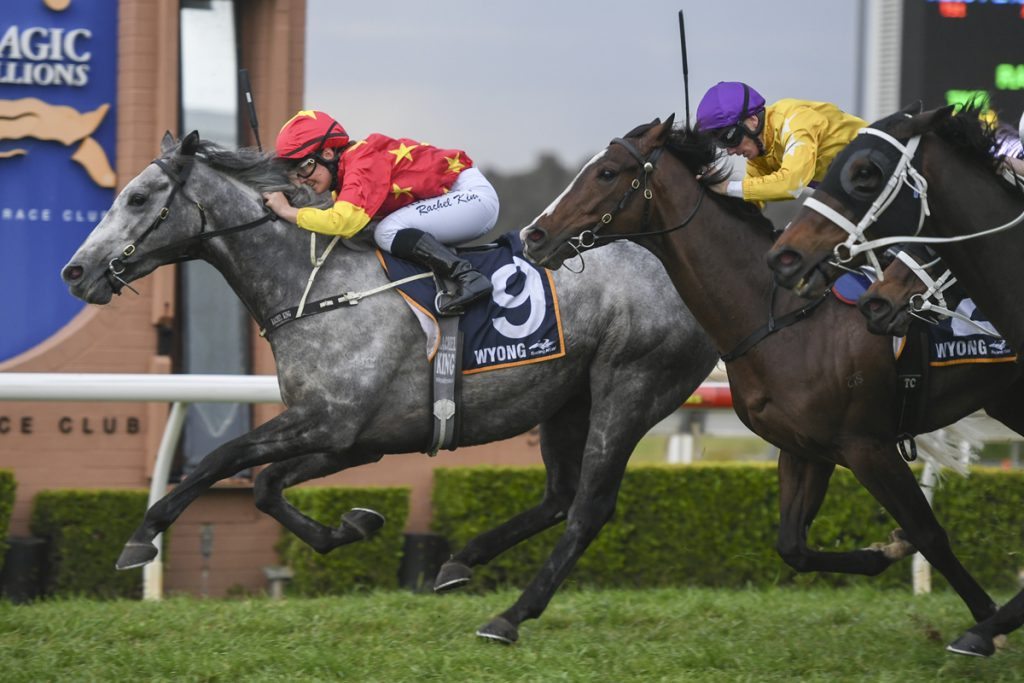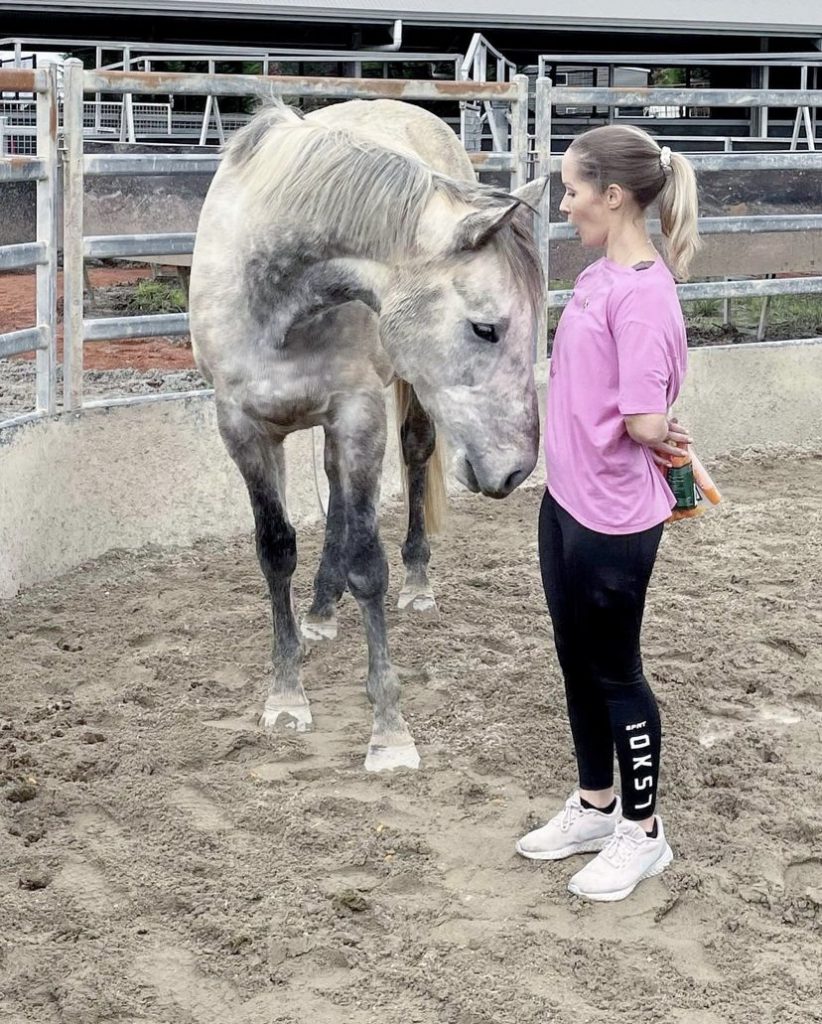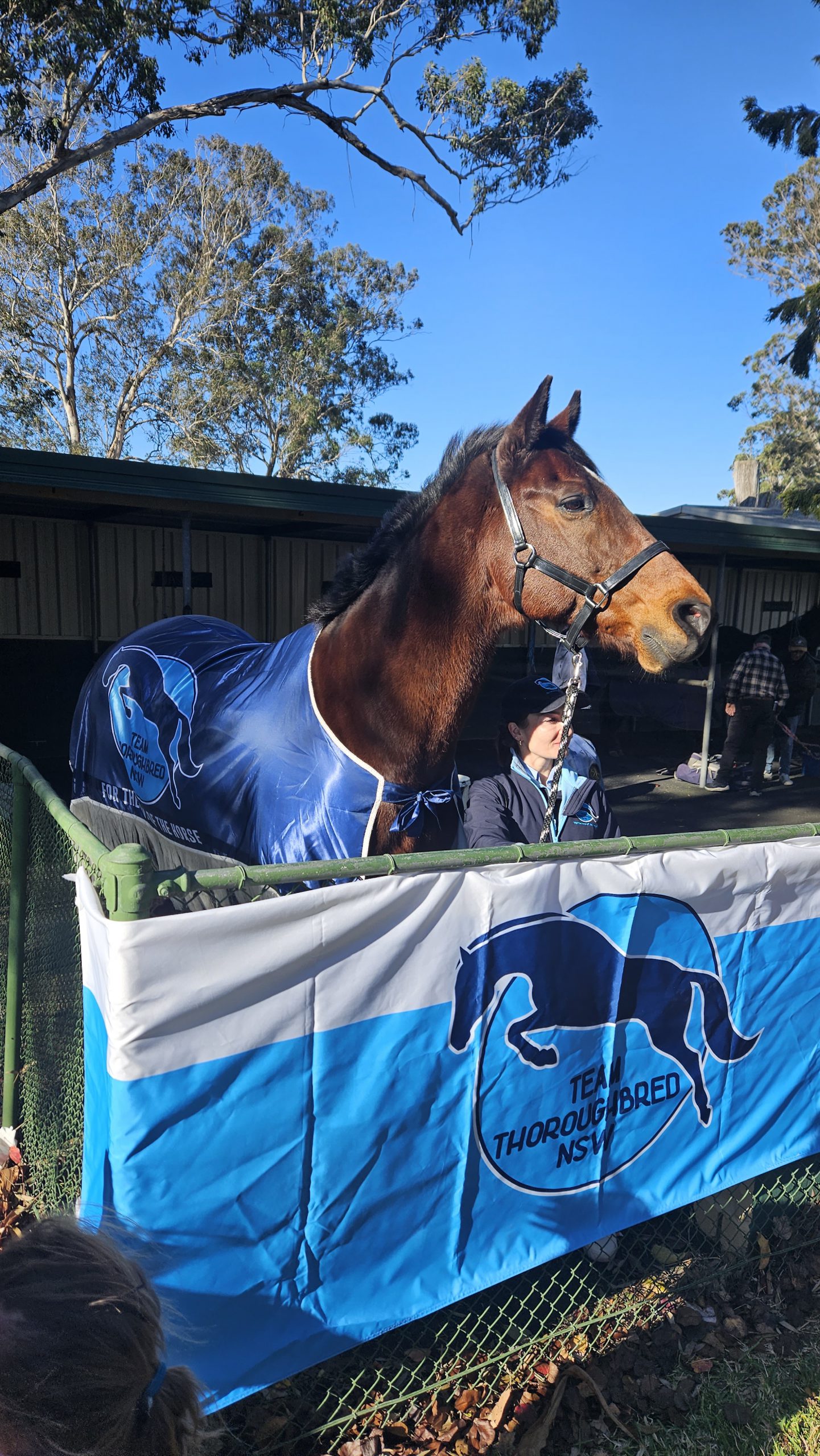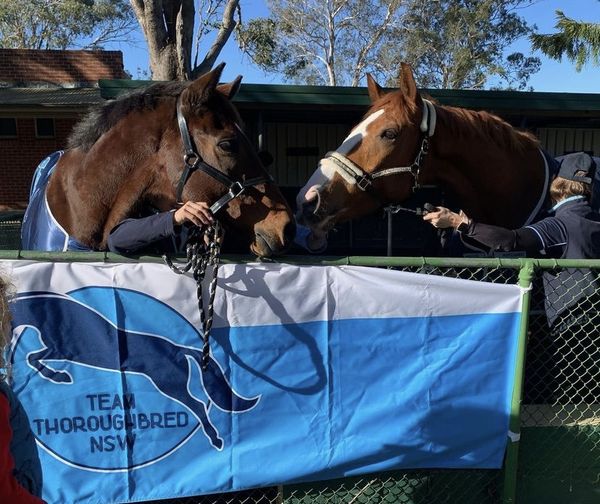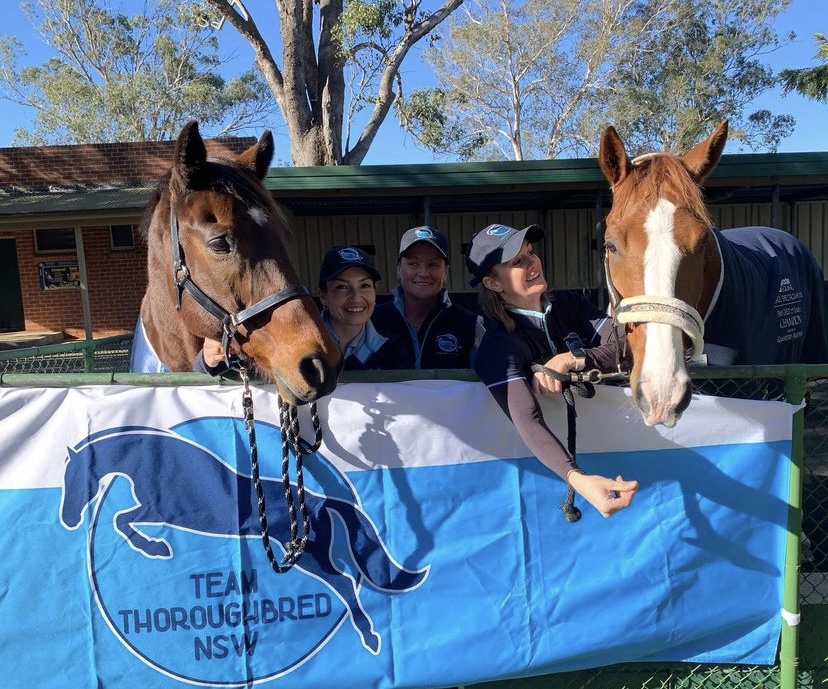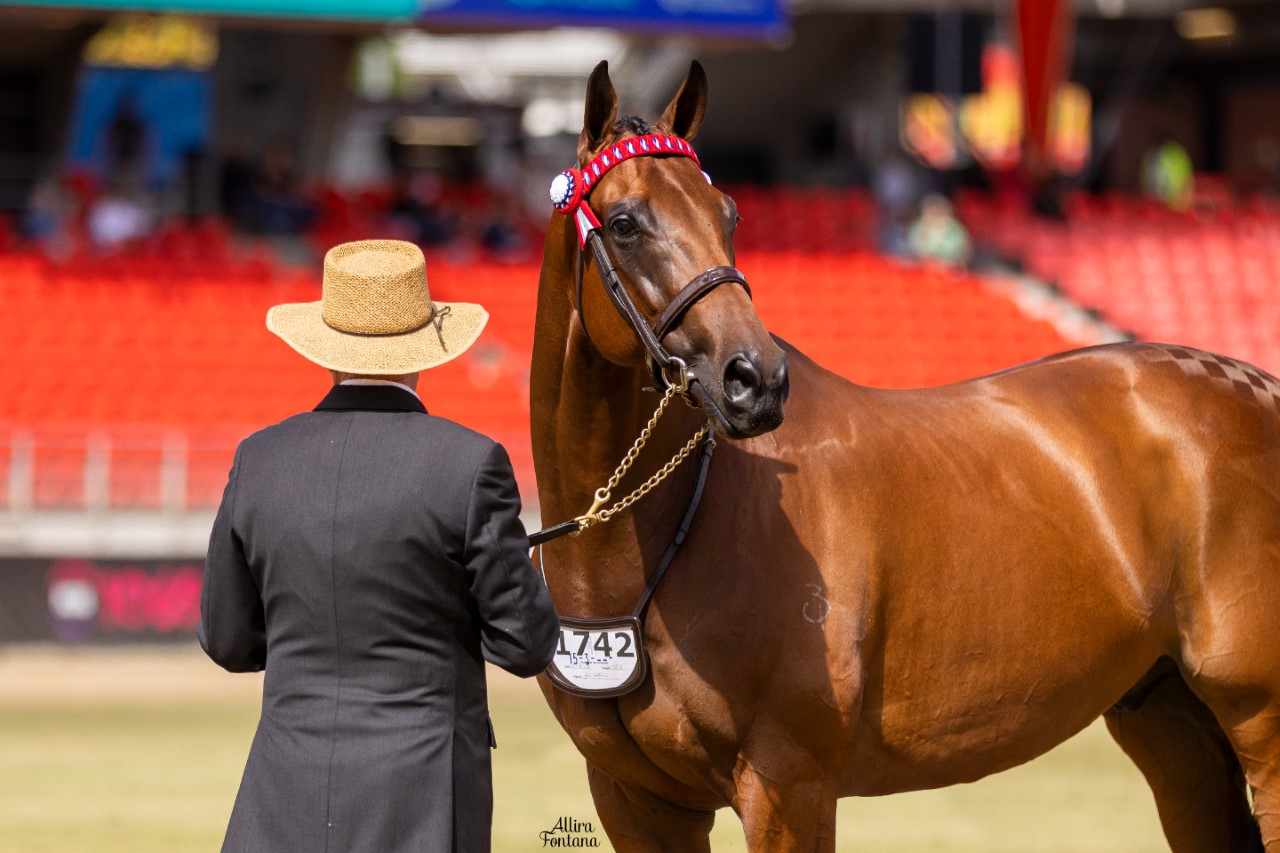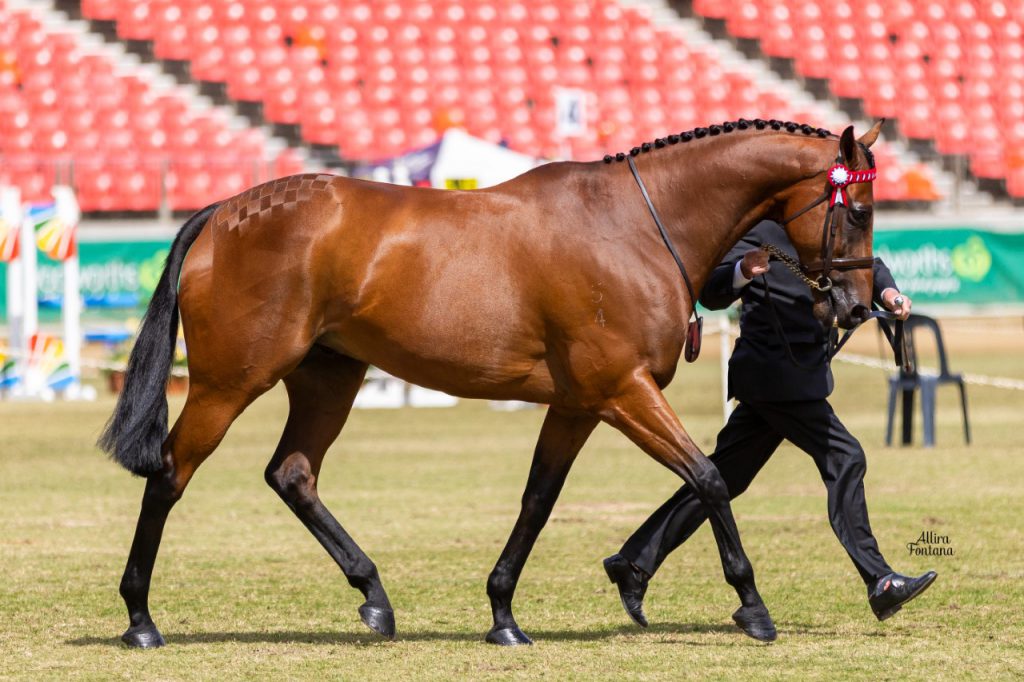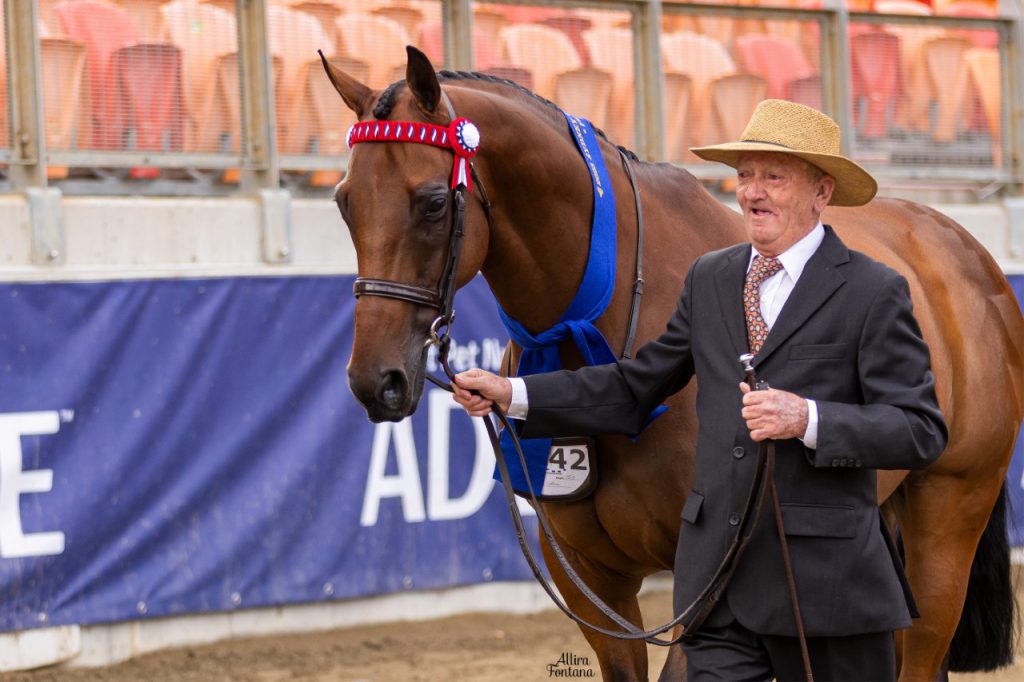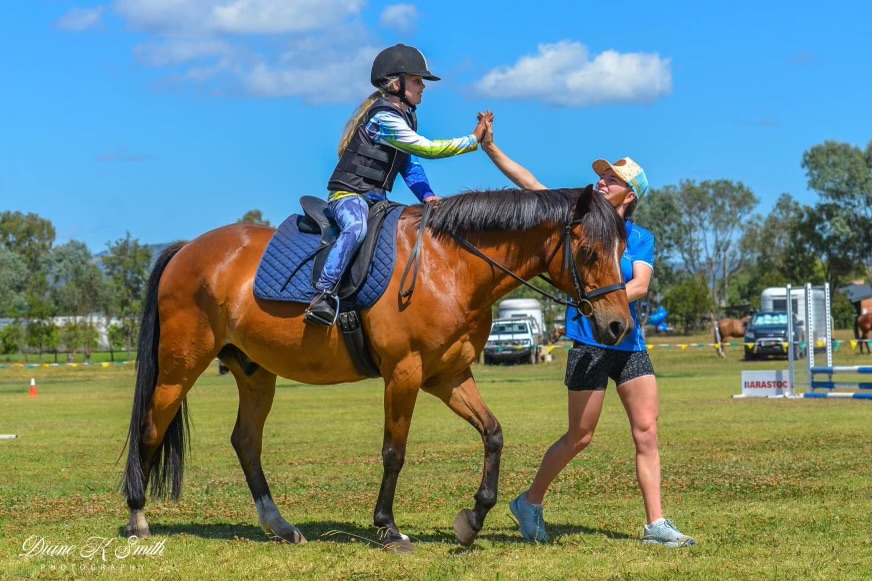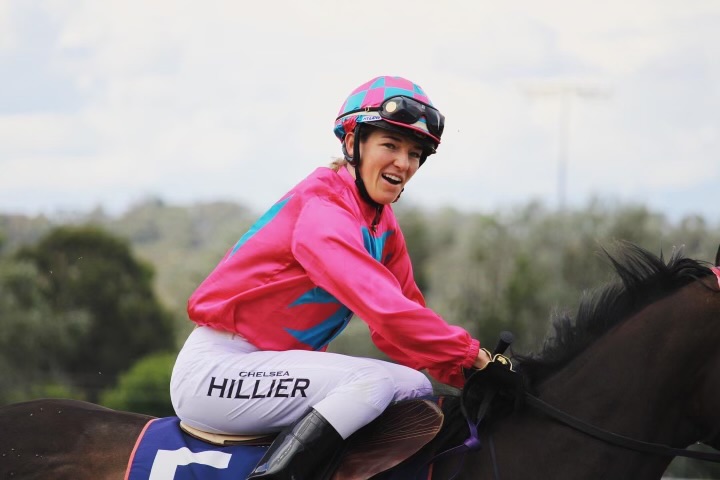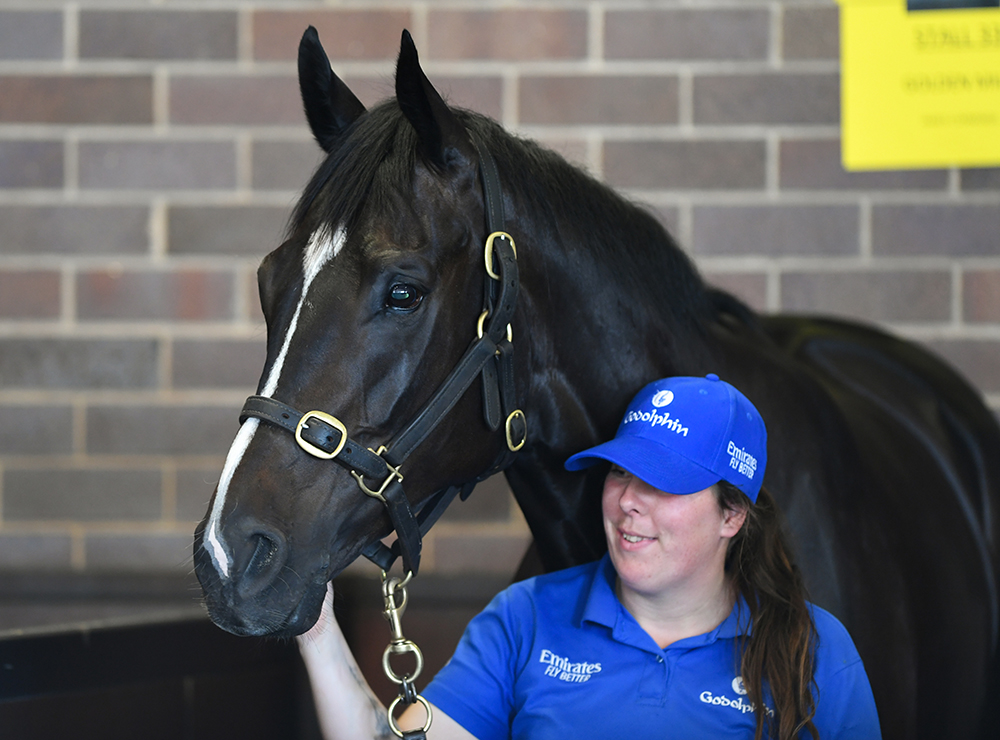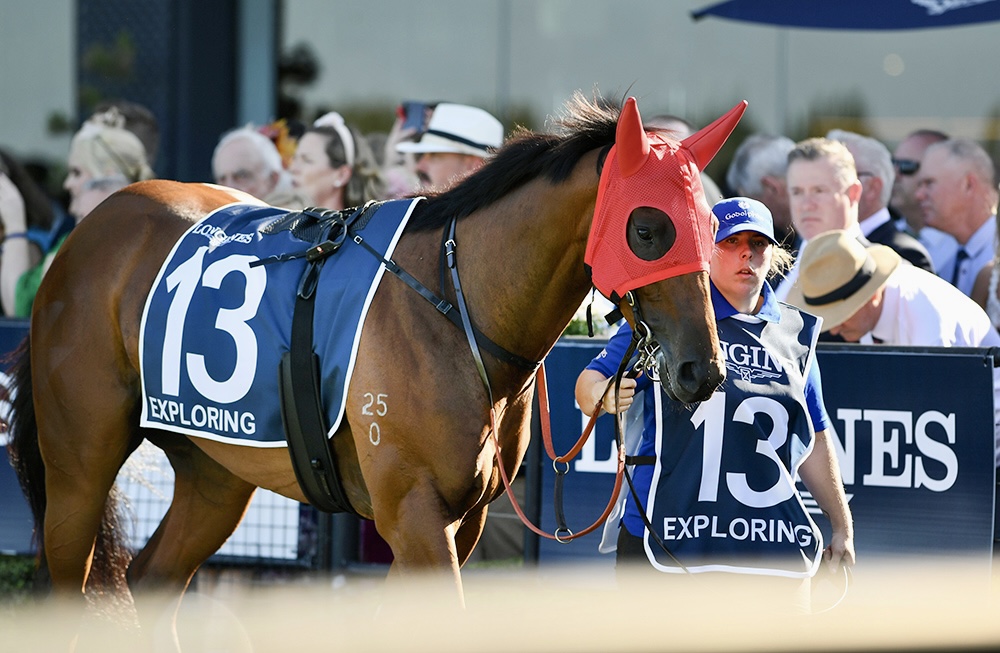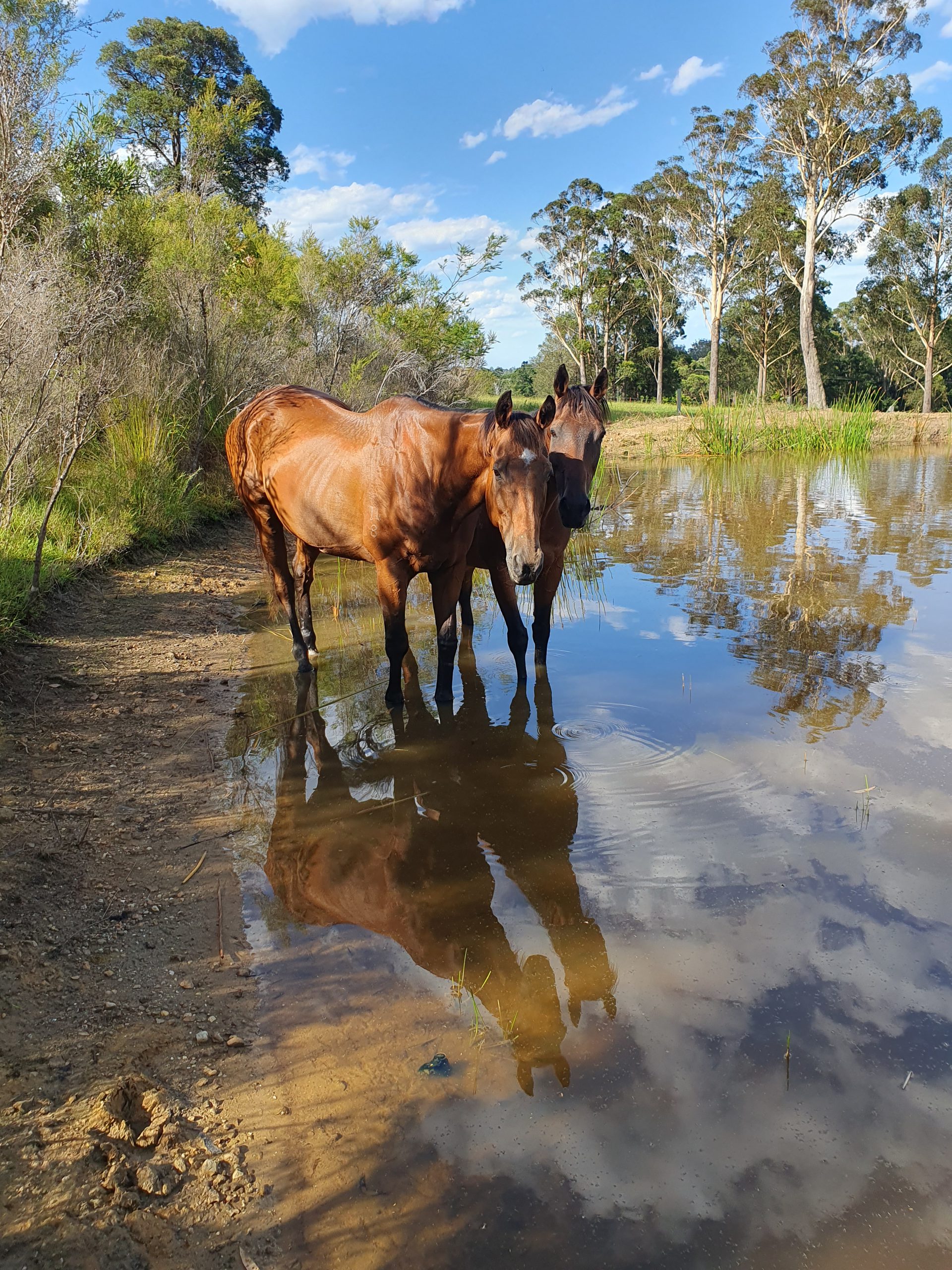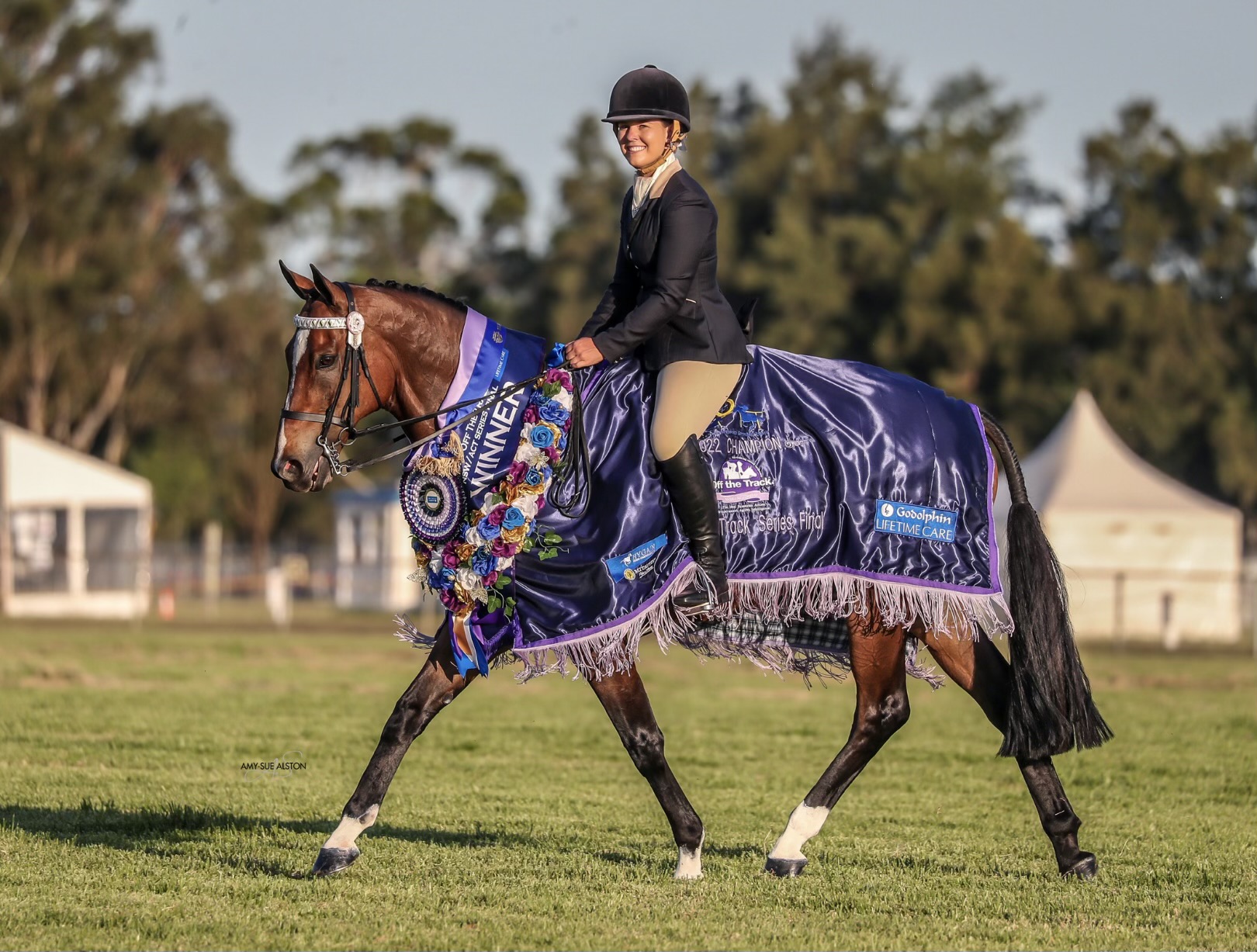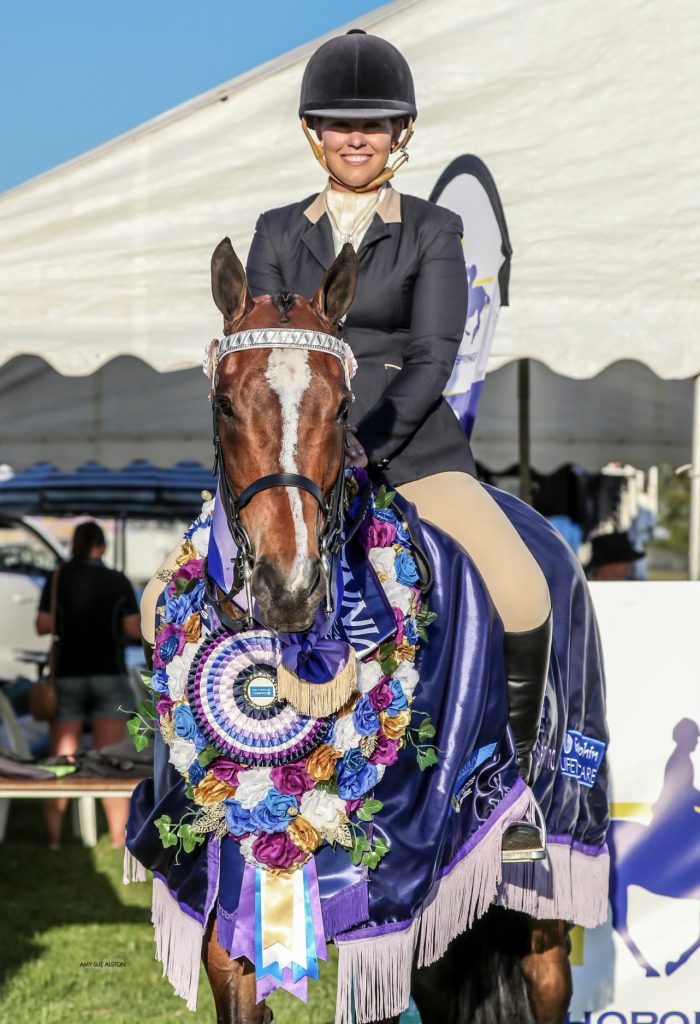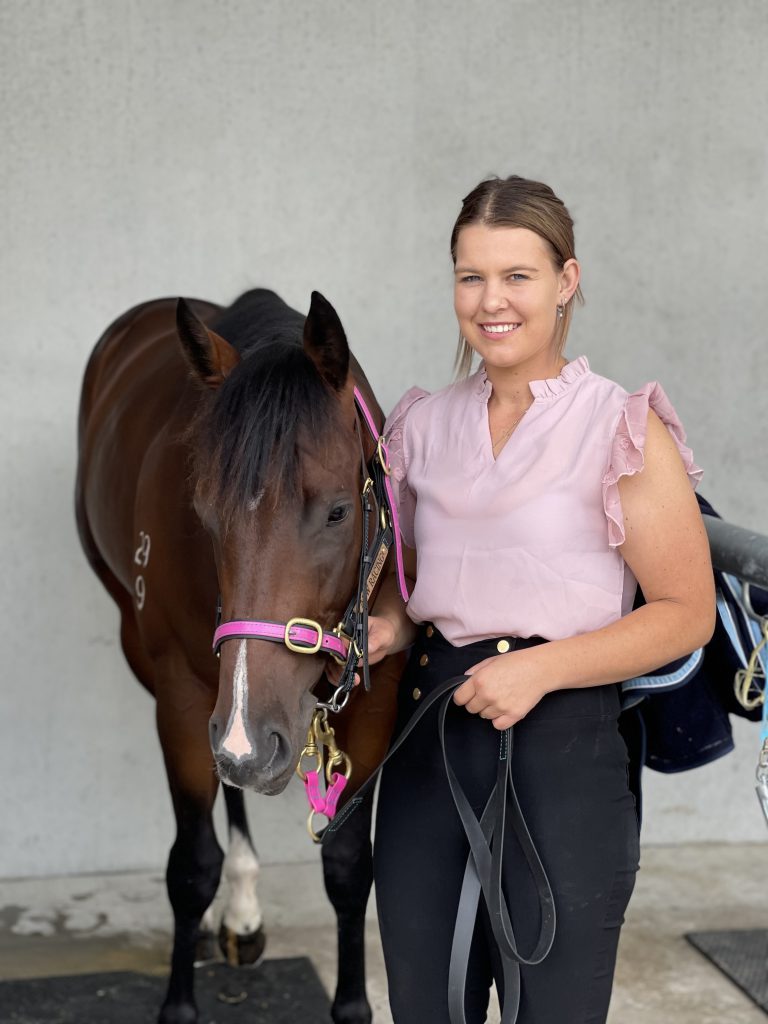By Abby Delucyk
Loni Fuller’s love for horse racing was sparked by a basic riding lesson, igniting a lifelong passion which has captivated every facet of her life.
Since childhood, Loni has been immersed in the equine world, having grown up with a horse on her family’s farm. Although her mother was a rider, she did not come from a racing background. Loni always had a fondness for working with animals but was unsure of how to turn this passion into a career.
It wasn’t until it was time for Loni to start a career, that she decided to put aside her love for animals and instead study a business course through TAFE.
While completing her degree, Loni always had this urge that she wanted to learn to ride but thought she missed the boat as she was 22 and maybe too old to start a new sport. Pushing past this thought, Loni and her close friend decided to enrol themselves into a riding lesson at a local stable.
“It was here that it clicked in my head that maybe I wanted to do something with horses. I got really into riding and signed myself up for a breeding course through TAFE to learn more, but unfortunately due to covid it didn’t run,” Loni said.
This roadblock didn’t dim Loni’s passion for horses and instead pushed her to consider a career in the racing industry. Loni acted upon this thought and reached out to popular Newcastle trainer Kris Lees to apply for a stable hand job with him.
“I just wanted to see if the racing industry was for me. I haven’t looked back since,” she said.
Within a matter of weeks, Loni became invested in the racing industry and in her time at Kris Lee’s she had many rewarding moments. After two years she decided it was time to move on and sought career advice from Samantha Clenton, who was the foreman she was working under at the Lee’s stable.
“Samantha’s advice was that I should go to Leah Gavranich and Paul Messara at Arrowfield, so I applied for a job there. Ever since the interview, Leah has taken me under her wing and taught me so much within the past year. Leah is such a good horse woman and is really big on educating her horses which has been great to learn,” Loni said.
With this guidance and new position, Loni and her partner relocated to the horse capital of Scone as she has pursued full time employment at the Arrowfield training centre.
“At Arrowfield, they are giving me the tools and experiences to one day slot right into any role I wish to persue in the future, within Arrowfield or elsewhere. This is because of both Leah and Paul’s extensive knowledge and their encouragement to upskill myself by getting my truck license and completing a short leadership course which has been pretty amazing,” she said.
Although Loni details the highs of her role, she also doesn’t shy away from the reality of working with animals. “The early mornings and long working hours can be really hard some days, but I wouldn’t change it at all. Coming from working in other industries I look back now and realise how happy I am that I am here. You couldn’t pay me enough to go back,” Loni stated.
As Loni continues to upskill herself through the support of the Messara Racing team, she works towards her end goal of one day being able to train racehorses. “I am in the right place to learn and train successfully as I am so happy with Arrowfield and appreciate how much time they have invested in me so far. In the meantime, I would love to become a racing manager or a travelling Foreman if the opportunity arose,” Fuller said.
Career aspirations aside, it can be said that the racing industry has well and truly captivated Loni’s heart.
“For me, the best part of the racing industry is being able to connect with owners and create lifelong friendships that I wouldn’t have had if I wasn’t in the industry. I used to strap Enchanted Heart and now I am still very close friends with her owners,” Loni said.
